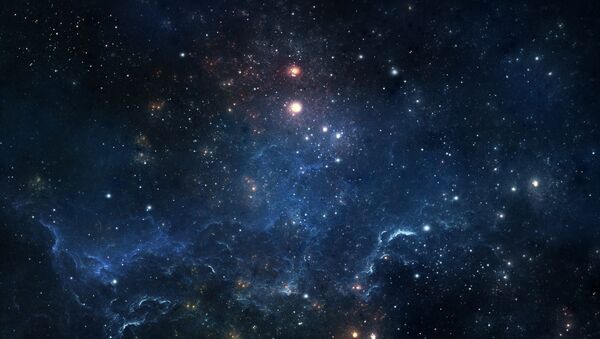In an exciting moment for astronomy, scientists have for the first time in history recorded gravity waves from the fusion of two neutron stars — super dense objects that have a mass that of our Sun and are about the size of Moscow city.
The resulting gamma-ray burst and a flash which was observed by about 70 terrestrial and space observatories could see the process of synthesis of heavy elements predicted by theorists, including gold and platinum, confirming the correctness of their hypotheses about the nature of the mysterious short gamma-ray bursts, the press service of the collaboration between LIGO / Virgo, the European Southern Observatory and the Los Cumbres Observatory said.
Just three days before, the LIGO Observatory "heard" the gravitational wave along with the European project Virgo for the first time.
When the recent fusion occurred many observatories recorded the gravity waves and started searching for their source of it in space. It was an incredulously difficult task but after much research and calculations the scientists came to a conclusion that the source of the outbreak was in the galaxy NGC 4993 at a distance of about 130 million light years from Earth.
In space terms that is incredibly close; because until now recorded gravitational waves have reached the planet from a distance of billions of light years.
The source of the wave was the merging of two objects with masses in the range from 1.1 to 1.6 times the mass of the sun so it could only be neutron stars.
Gravitational waves show that the merged objects had masses corresponding to neutron stars, and the gamma flash says that these objects could hardly have been black holes, since the collision of black holes should not generate radiation, according to Julie McEnery, a Fermi Center project officer of NASA space flights.
The astronomers were able to observe for the first time the products of such a phenomenon. The spectra obtained with the help of the Hubble and VLT telescopes showed the presence of cesium, tellurium, gold, platinum and other heavy elements formed during the fusion of neutron stars.
Scientists so far do not have an answer to the question of what remains after the fusion of neutron stars — it can be both a black hole and a new neutron star. In addition, it is also not entirely clear why the gamma-ray burst was relatively weak.






